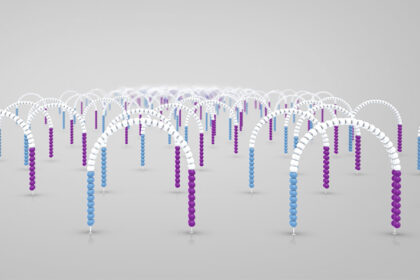Remote healthcare refers to telemedicine services that include a mobile device to continuously monitor a patient’s performance and condition in the external medical facility. It lowers the hospitality time and also reduces the burden on medical infrastructure and personnel. It also facilitates day-to-day updates on data of patients for medical facilities. For patients, it lowers the time required for admission and treatment by facilitating such services in home settings. It also enables direct and immediate communication with medical professionals in times of need which also enhances the therapeutic efficacy and provides patients access to their medical history and data.
The growing healthcare expenses and the increasing prevalence of chronic diseases are likely to be the major factor fuelling the growth of the global remote healthcare market. In addition, the shortage of healthcare resources to deal with such a growing number of chronic cases will further expedite the demand for remote healthcare services.
Furthermore, the surge in the adoption of smartphones, digital healthcare wearable technologies, and mHealth apps will also help to penetrate the remote healthcare services in society globally. However, the growing government initiatives to implement program development and service delivery models in the field of healthcare in rural regions are likely to promote remote healthcare services. Vendors are highly focused on innovating flexible healthcare solutions to offer patient-centric healthcare services to patients in remote regions with real-time access. There is a significant rise in collaboration between service providers and healthcare institutions to offer disease management services and adequate patient care to the people living in rural areas. However, all these aforementioned factors are likely to bolster the growth of the global remote healthcare market in the forthcoming years.
The global remote healthcare market can be segmented into end-user, product, and region.
By end-user, the market can be segmented into patients, payers, providers, and other end users.
By type, the market can be segmented into devices, services, and software.
North America accounts for the largest share in the global remote healthcare market due to the growing demand for remote patient monitoring services in the region. Also, the ongoing technological advancements in the healthcare infrastructure, as well as the advanced solution facilitating these services, will further accentuate the growth of the regional market.
Asia Pacific is expected to witness a significant growth rate in the forthcoming years due to the growing disposable income of people in the region, thereby compelling them to demand high-end remote medical care services in the region.
Some of the significant players in the global remote healthcare market are VivaLNK Inc., iRhythm Technologies, Inc., Dexcom Inc., Teladoc Health Inc., Welch Allyn, VitalConnect, Bio-Beat Technologies, Preventice Solutions, ALTEN Calsoft Labs, Vivify Health, Inc., Resideo Life Care Solutions, Abbott Laboratories, Boston Scientific Corporation, OMRON Healthcare, Siemens Healthineers AG Germany, Cerner Corporation, GE Healthcare, Medtronic, Koninklijke Philips N.V., and BioTelemetry Inc. To cite, Koninklijke Philips in 2020 collaborated with American Telemedicine Association (ATA) (US). This initiative was aimed to grow the adoption of telehealth across post-acute, acute, and home care settings.





